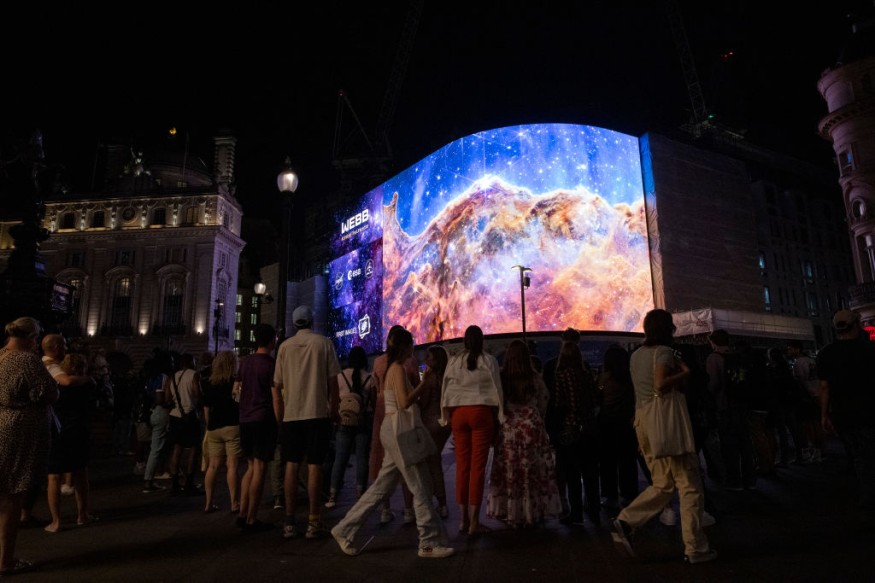
The first images of James Webb Space Telescope have been an international sensation after it was shown to the world just a week ago, and scientists have already made a huge discovery.
A galaxy as old as 13.5 billion years peeked into their data, and the scientist who made the analysis said it could be the oldest galaxy ever seen, ScienceAlert reported. The telescope's first full-color images and spectroscopic data were released during a televised broadcast last Tuesday, July 12, 2022, from NASA's Goddard Space Flight Center in Greenbelt, Maryland.
According to NASA, "these first images from the world's largest and most powerful space telescope demonstrate Webb at its full power, ready to begin its mission to unfold the infrared universe."
After careful observation, Rohan Naidu of the Harvard Center for Astrophysics announced on Wednesday their discovery of the GLASS-z13, potentially "the most distant starlight that anyone has ever seen," he said.
Smashing Records
As Science had all taught us, the more distant objects are from us, the longer it takes for their light to reach us. Gazing into a galaxy that took 13.5 billion years to hit us could be like "seeing into the deep past".
A planetary scientist named Dr. James O'Donoghue said in a Twitter post that the James Webb Space Telescope "has potentially smashed records, spotting a galaxy which existed when the universe was a mere 300 million years old! The light from GLASS-z13 took 13.4 billion years to hit us, but the distance between us is now 33 billion light years due to the expansion of the universe!"
However, the exact age of GLASS-z13 remains unknown as it could have formed any time within the first 300 million years.
Nonetheless, it definitely represented the earliest era of the Universe.
Work in Progress
The Webb has indeed exhibited a promising work with its ability to find the earliest galaxies that formed after the Big Bang, 13.8 billion years ago. It is equipped to detect "with unprecedented clarity" light that has been stretched by the expansion of the Universe and shifted to the infrared region of the light spectrum, thus it demonstrated the most powerful space telescope.
In fact, using data collected through different infrared filters pointed at the same region of space, Naidu and his team were able to detect presence of these most distant galaxies.
"We searched all the early data for galaxies with this very striking signature, and these were the two systems that had by far the most compelling signature," said Naidu, referring to GLASS-z13, and the not-so-ancient, GLASS-z11.
"There's strong evidence, but there's still work to be done," he noted.
The team also wanted to carry out spectroscopy - an analysis of light that reveals detailed properties - to measure its precise distance, but right now, "our guess for the distance is based on what we don't see - it would be great to have an answer for what we do see," Naidu said.
Launched last December and fully operational since last week, scientists and astronomers are delighted and confident that the Webb will herald a new era of discovery.
Related article : Solar Storm Cloud Surrounds Earth's Magnetic Field; Geomagnetic Storms Expected in the Coming Days
© 2026 NatureWorldNews.com All rights reserved. Do not reproduce without permission.





